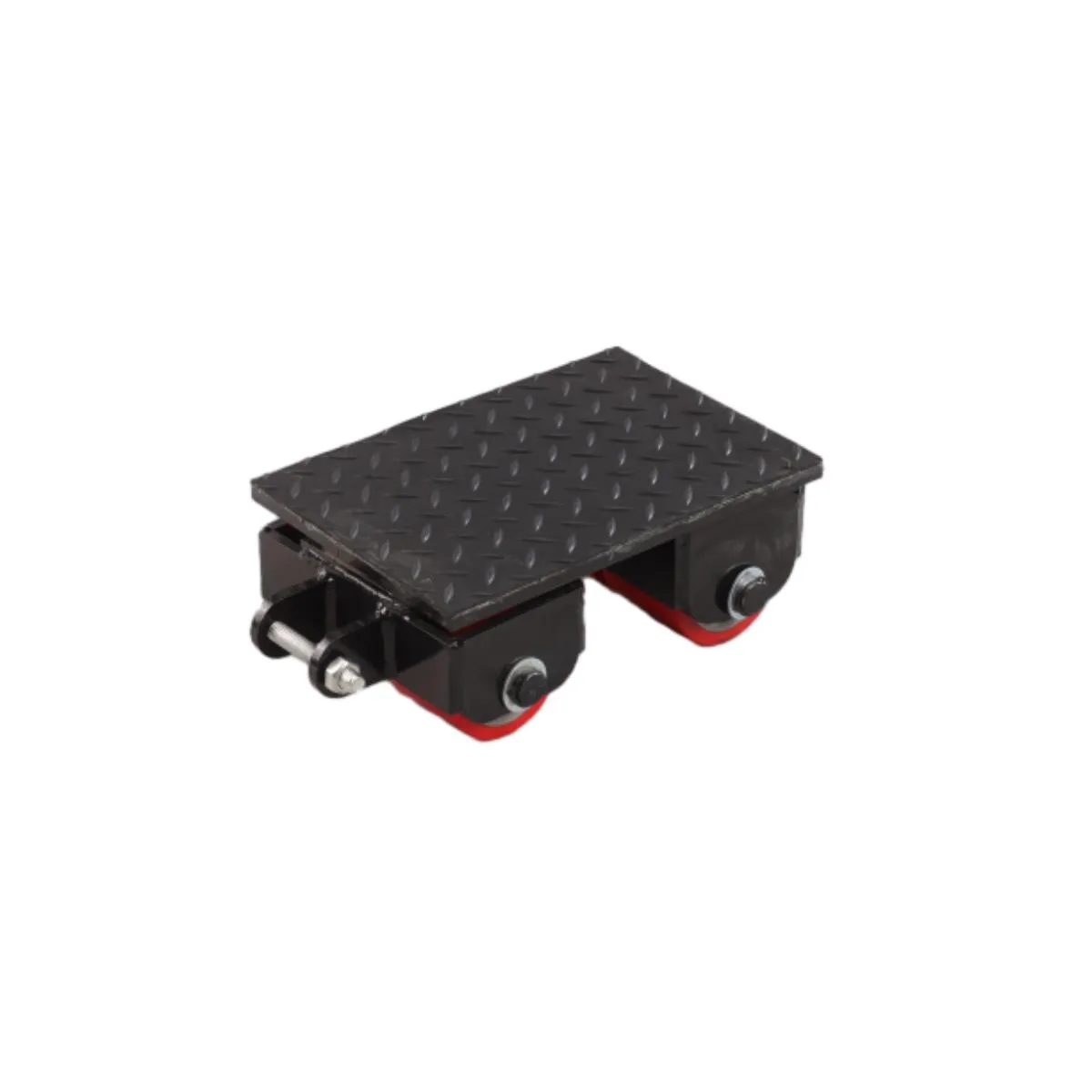Compact Gantry System for Efficient Automation and Precision in Various Applications
The Small Gantry System A Comprehensive Overview
In recent years, the demand for efficient material handling solutions has surged across various industries, ranging from manufacturing to logistics. One technology that has gained significant attention is the small gantry system. This innovative piece of equipment is designed to provide precise movement and positioning capabilities, making it an essential tool for many applications.
Understanding Gantry Systems
A gantry system consists of a framework that supports a movable bridge, which can traverse along a fixed path. This design allows for considerable versatility in handling and transporting materials, especially in confined spaces. While traditional gantry systems can be large and cumbersome, the small gantry system offers a compact alternative, making it suitable for operations that require limited floor space without compromising functionality.
Key Features of Small Gantry Systems
1. Compact Design The small gantry system is engineered to occupy minimal floor space while maintaining high performance levels. Its compactness allows it to fit into areas where larger systems might not be feasible, such as smaller workshops or laboratories.
2. Precision Movement Equipped with high-quality linear actuators or motors, these systems are capable of delivering accurate positioning of materials. Precision is essential in applications like assembly lines or automated testing, where even slight variations can lead to errors.
3. Ease of Use Many small gantry systems feature user-friendly interfaces and programmable controls, allowing operators to set up tasks quickly and efficiently. Additionally, they can often be integrated with existing systems, minimizing downtime during implementation.
4. Load Capacity Despite their size, small gantry systems can handle a substantial load. Typically, they are designed to lift and move items ranging from a few pounds to hundreds, depending on the specific model and configuration.
small gantry system

5. Mobility Options Some small gantry systems come with wheels for enhanced mobility, allowing them to be re-positioned as needed within a workspace. This feature is particularly useful in dynamic work environments where tasks frequently change.
Applications of Small Gantry Systems
1. Manufacturing In manufacturing environments, small gantry systems can be used for picking and placing components, assembly tasks, and quality inspection. Their precision reduces waste and improves overall production efficiency.
2. Laboratories In laboratory settings, small gantry systems can aid in the automated handling of samples, minimizing human error. This is especially crucial in experimental setups where precision is paramount.
3. Research and Development R&D departments often require the manipulation of various materials and components in configurations that might change frequently. Small gantry systems offer the flexibility to adapt quickly to new project requirements.
4. Packaging and Distribution In the logistics sector, these systems can streamline the packaging process by efficiently moving products along assembly lines and preparing them for shipment.
Conclusion
The small gantry system is more than just a piece of machinery; it represents a significant advancement in material handling technology. Its ability to operate in tight spaces while delivering precision and flexibility makes it an invaluable asset across multiple sectors. As industries continue to evolve and seek out new ways to enhance efficiency, the small gantry system stands out as a prime candidate for optimizing workflows and improving productivity. Its diverse applications and adaptability ensure that it will remain a key player in automation and material handling for years to come.
-
Unlock Seamless Relocation with Our Heavy Equipment Moving ExpertiseNewsJun.06,2025
-
Unleash Unrivaled Flexibility with Our Adjustable Gantry CraneNewsJun.06,2025
-
Unleash Heavy-Duty Efficiency with Our Industrial Gantry Crane SolutionsNewsJun.06,2025
-
Revolutionize Steel Handling with Our Magnetic Lifter RangeNewsJun.06,2025
-
Master Equipment Mobility with Premium Machinery Mover SolutionsNewsJun.06,2025
-
Elevate Your Material Handling with Magnetic Lifter TechnologyNewsJun.06,2025
-
YS Permanent Lifting Magnets: The Smarter Way to Handle SteelNewsMay.22,2025
